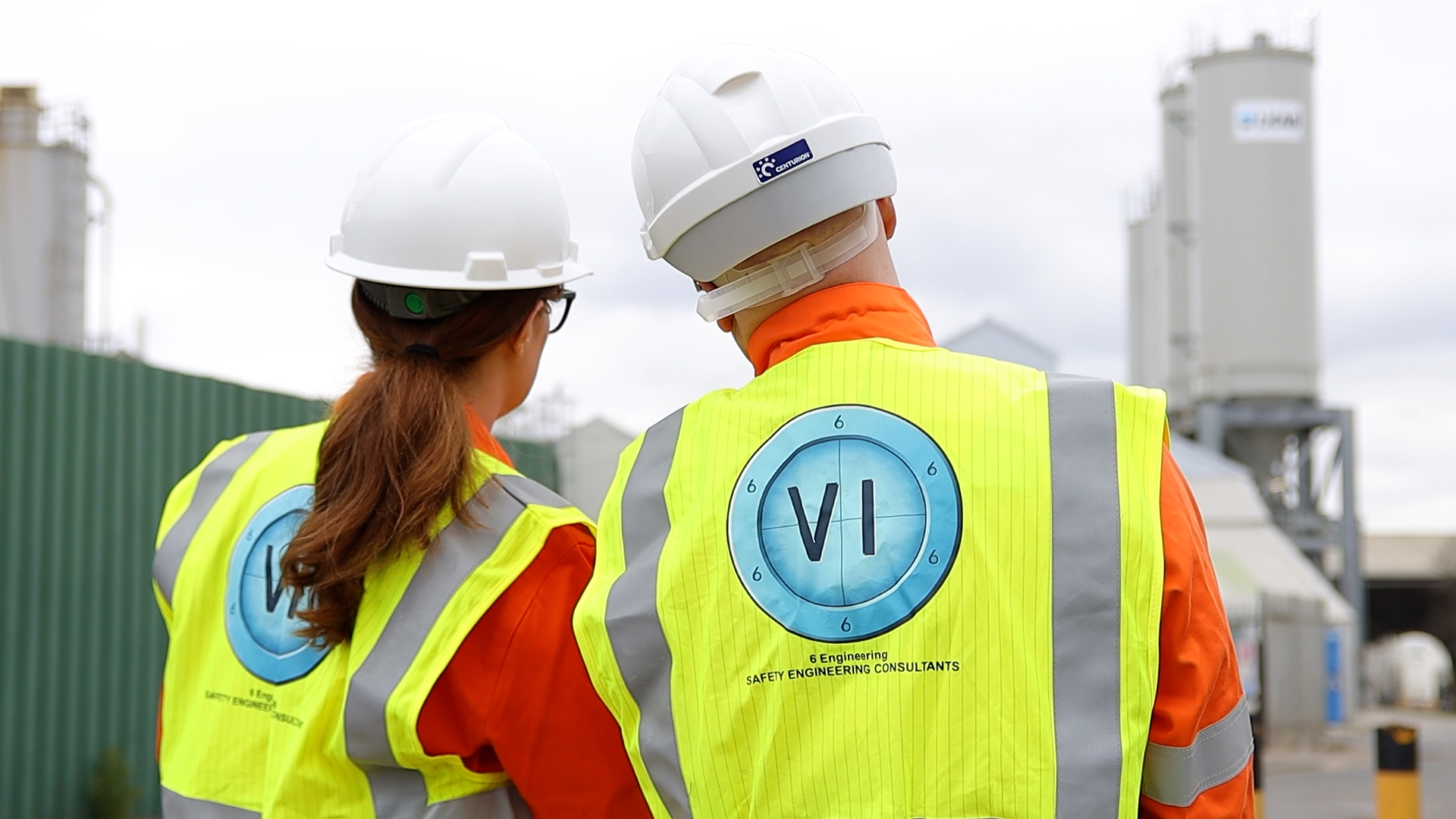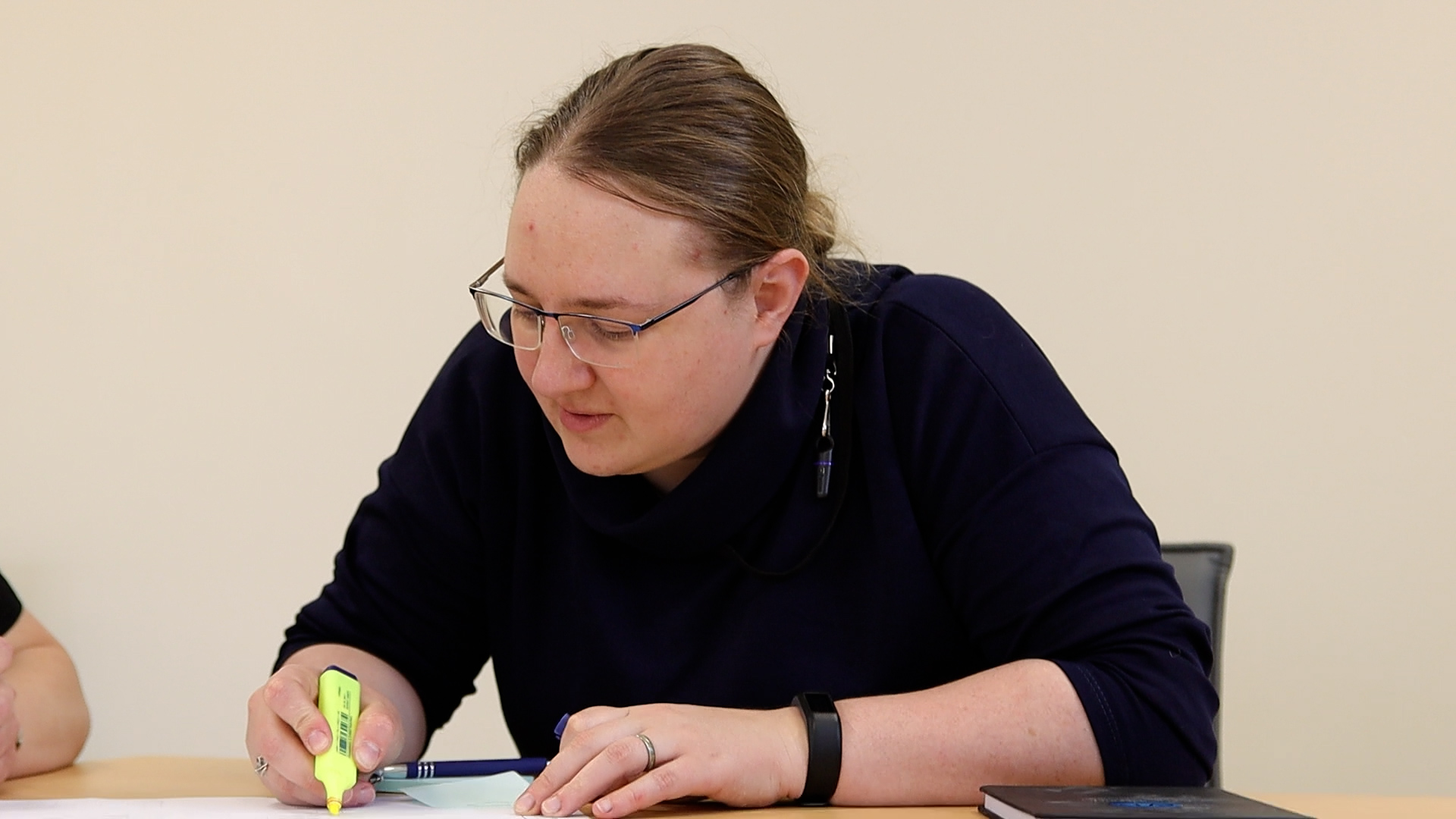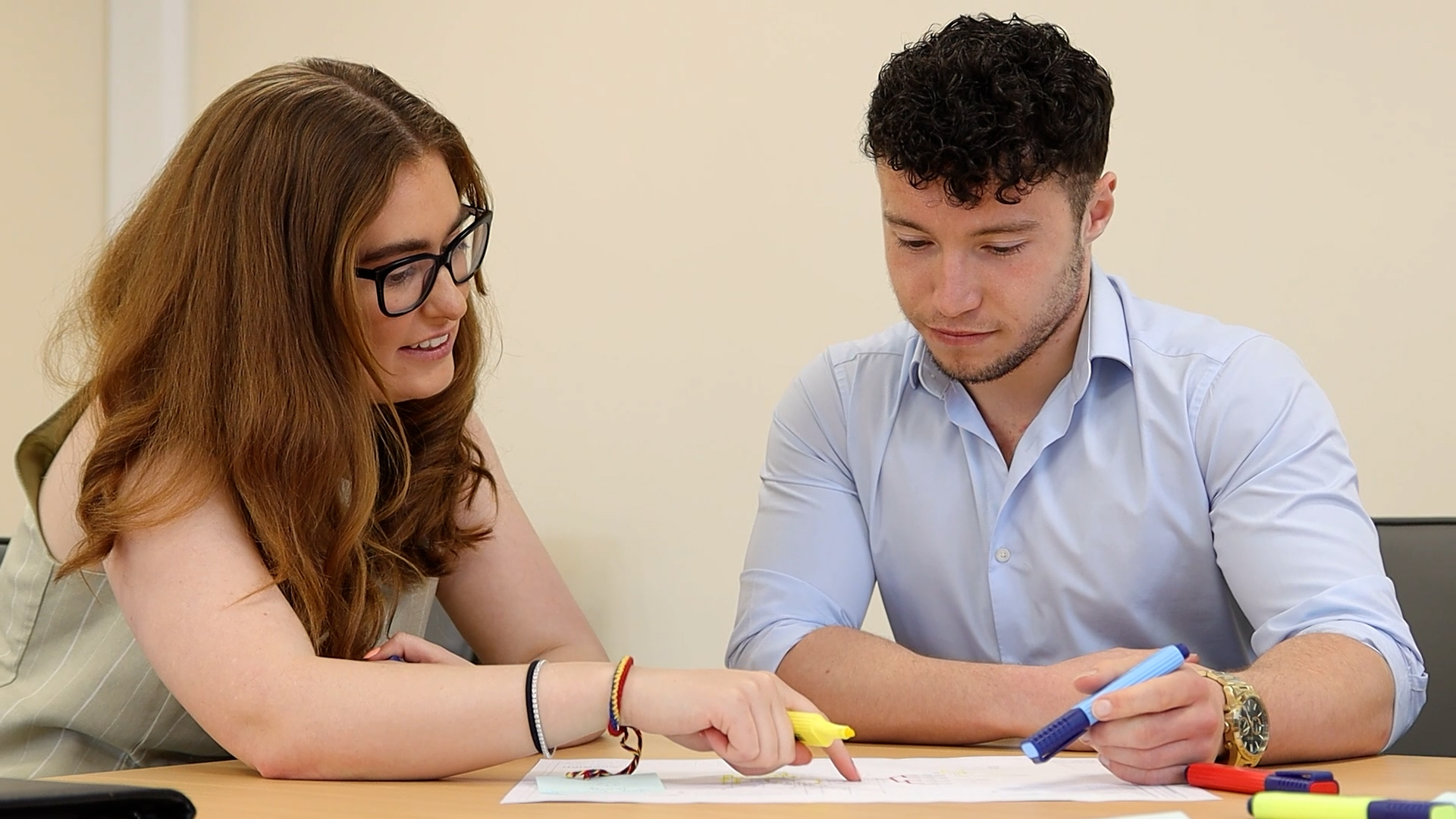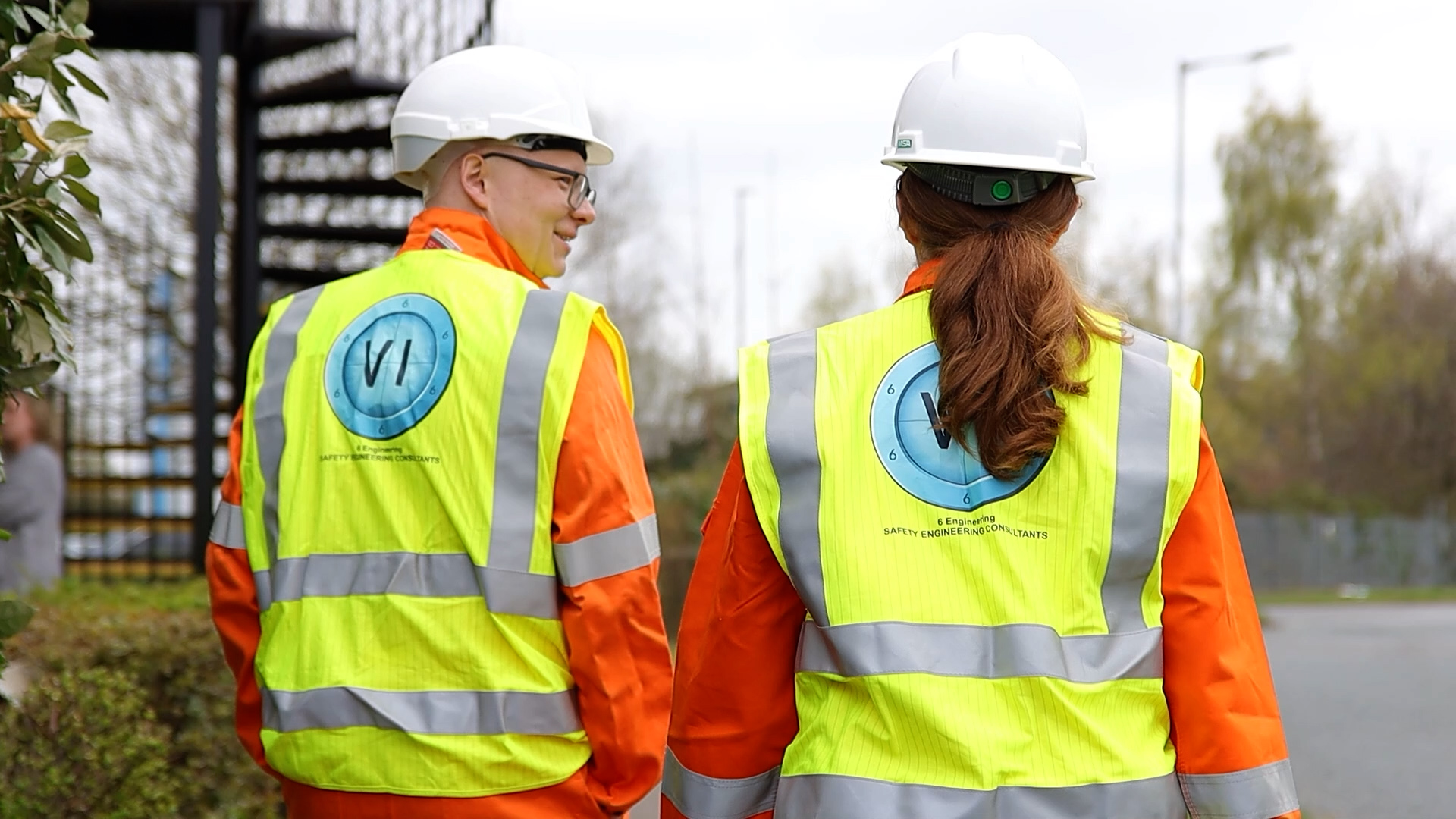What Functional Safety Verification Includes
Functional safety is only effective if it’s proven to perform as expected. Our verification process is grounded in the standard lifecycle steps (assessment → design → verification) and aligns with IEC 61511 requirements.



